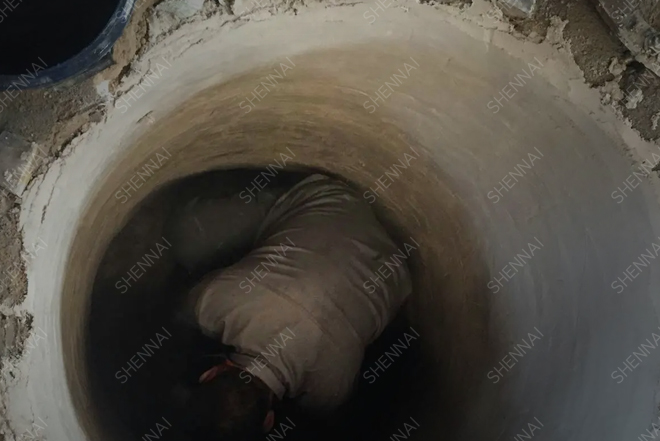- Tel:+8613007564317
- Email:[email protected]
News
Medium frequency electric furnace lining refractory materials

Medium frequency electric furnace lining refractory materials, acid, neutral and alkaline refractories are widely used in Coreless medium frequency furnaces and cored induction furnaces. As medium frequency furnace refractory materials, they are used to melt gray cast iron, nodular cast iron, malleable cast iron, vermicular cast iron and cast iron alloys, and melt carbon steel, alloy steel and high manganese steel.
The selection of refractory materials for medium frequency furnace lining must have the following characteristics:
1. No deformation and melting at sufficient temperature
2. It can have the necessary structural strength at high temperature without softening deformation
3. The volume must be stable at high temperature, so as not to cause cracks due to expansion and contraction
4. When the temperature changes sharply or the heating is uneven, it will not crack and peel off
5. It can resist the chemical erosion of metal solution, slag and furnace gas
According to the different needs of customers, the selection of refractory materials is also different. It is mainly divided into the following types of refractory materials: acid refractory materials, acid furnace lining materials, high-purity microcrystalline quartz sand and powder, dry vibrating materials mixed with high-temperature sintering agent and mineralizer, and strictly control the particle size and amount of sintering agent, so dense furnace lining can be obtained without using various knotting methods.
This product is mainly used in the melting process of gray iron, ductile iron and carbon steel in foundries. It is also suitable for continuous high-temperature environment. It can also be used for the melting of titanium alloys and high-temperature non-ferrous metals. The neutral lining material is a dry ramming material mixed with corundum sand, powder, aluminum magnesium spinel powder and sintering agent. Its particle size distribution conforms to the theory of maximum bulk density, so dense and uniform furnace lining can be obtained through various knotting methods. It is mainly used in various alloy steels, carbon steels, stainless steels, etc. this material has good thermal shock stability, volume stability and high temperature strength, and keeps the backing with a certain loose layer during normal use.
Alkaline furnace lining materials are dry ramming materials made of fused or high-purity magnesia, powder, aluminum magnesium spinel powder and sintering agent. Its particle size distribution conforms to the theory of maximum bulk density, so dense and uniform heating furnace lining can be obtained through various knotting methods. It is mainly used in various high alloy steel, carbon steel, high manganese steel, tool steel, stainless steel, etc. this material has high fire resistance and high temperature strength, and maintains a certain loose layer of the backing during normal use. Due to the effect of mineralizer, the refractory of coreless induction furnace has high a-phosphoquartz conversion after sintering in the first oven, so the oven drying time is short, and it has high volume stability, thermal shock stability and high temperature strength. In normal use, the backing remains loose.
We will get in touch with you as soon as possible
